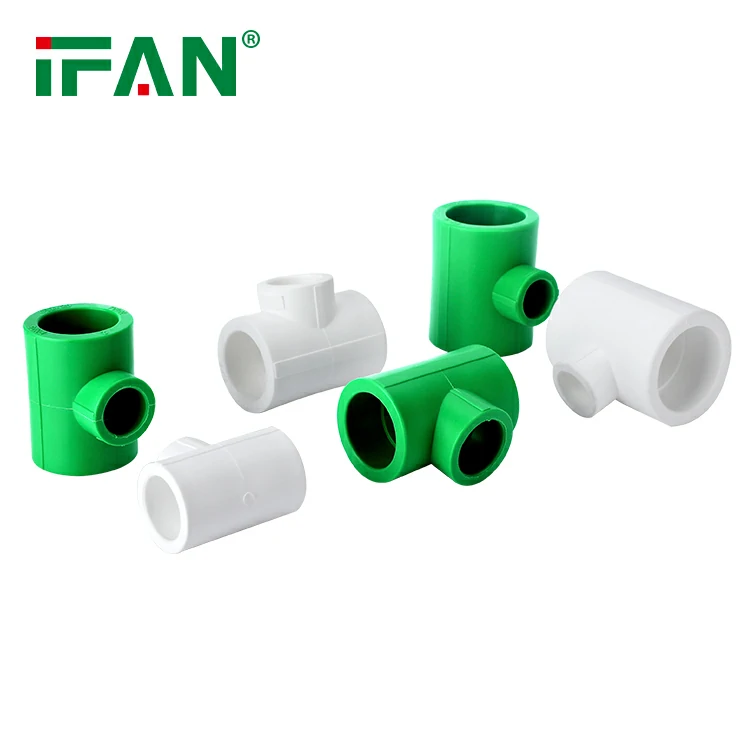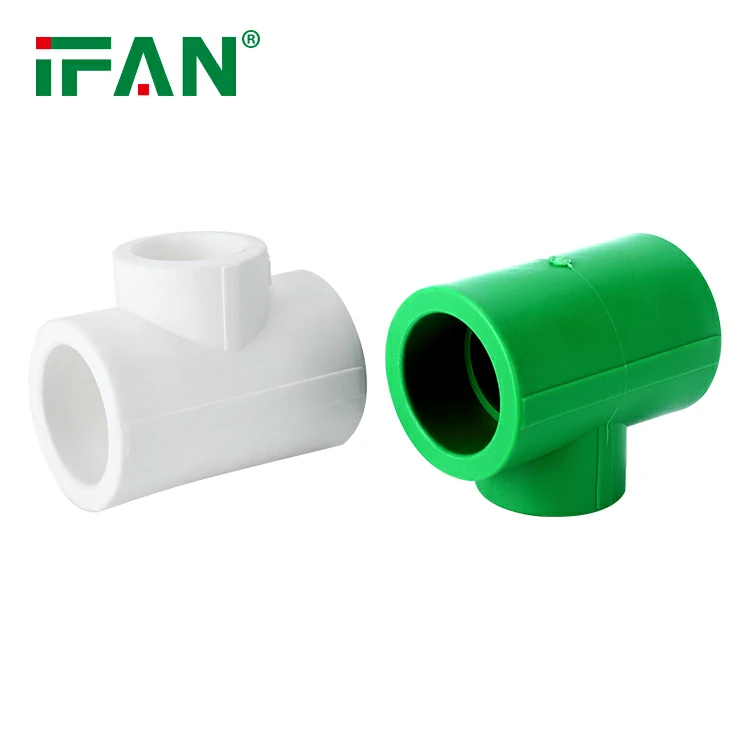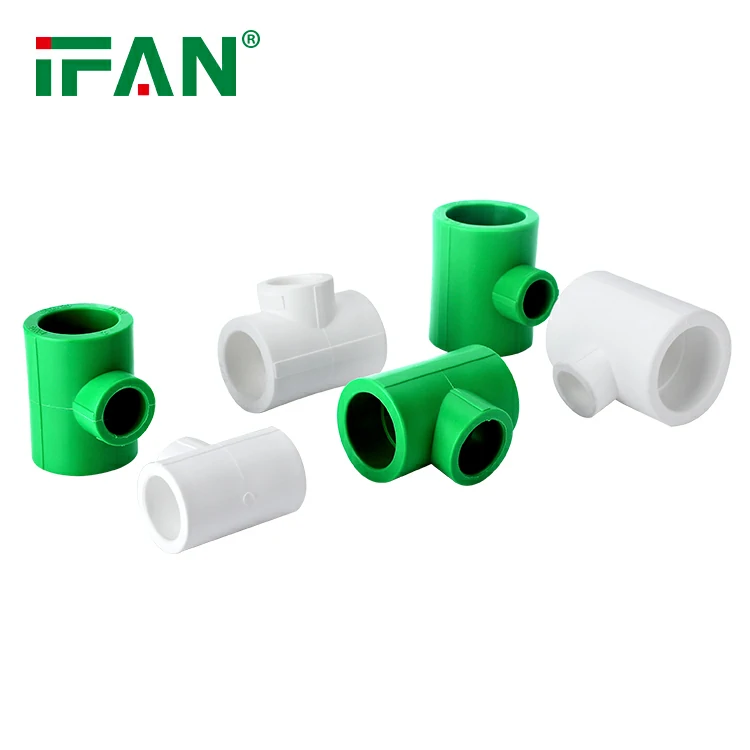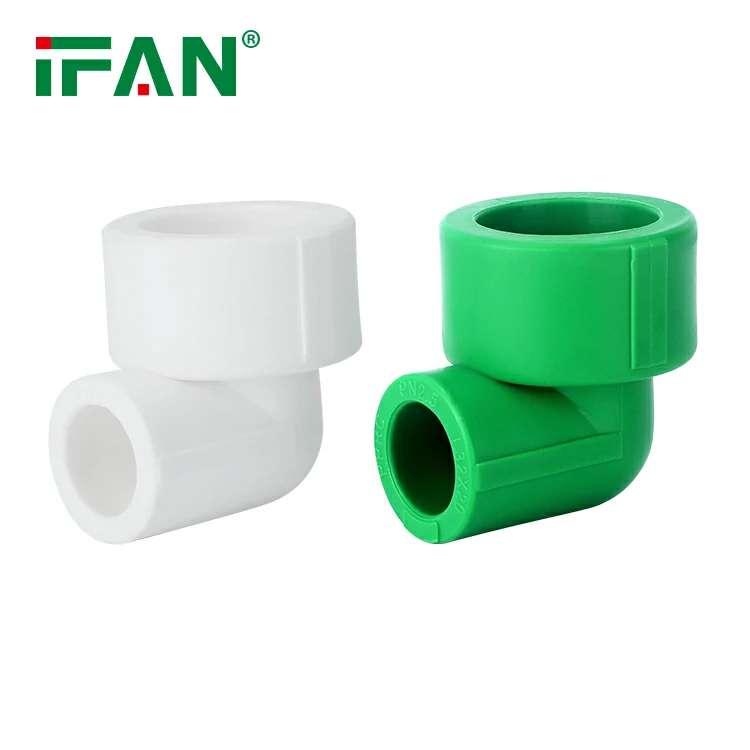What Is The Best Way To Connect HDPE Pipe: A Comprehensive Guide to Joining HDPE Pipes
Connecting HDPE (high-density polyethylene) pipes accurately and securely is crucial to ensure a reliable and leak-free plumbing system. In this comprehensive guide, we will explore the best methods for joining HDPE pipes, including butt fusion, electrofusion, and mechanical connections. Each method has its unique advantages and considerations, allowing you to choose the most suitable technique for your specific application.
Butt Fusion Method
The butt fusion method is widely regarded as the best way to connect HDPE pipes. It offers a strong and durable joint, making it ideal for high-pressure and underground applications. Here’s a breakdown of the steps involved in the butt fusion method:
- Pipe Preparation: Cut the HDPE pipes to the desired length and ensure the ends are clean, smooth, and square. Use a deburring tool or a chamfering tool to remove any burrs or sharp edges.
- Heating: Place the prepared pipe ends into the heating clamps of a butt fusion machine. Apply heat evenly to both pipe ends using the heating element of the machine. Follow the recommended heating time and temperature provided by the pipe manufacturer.
- Joining: After reaching the required heating time, remove the pipe ends from the heating clamps. Quickly and accurately align the pipe ends, ensuring they are parallel and in contact with each other. Press the pipe ends together firmly to create a fusion bond.
- Cooling and Solidification: Hold the pipe ends in place until the fused joint cools down and solidifies. Maintain the correct pressure during the cooling process to prevent any movement or misalignment. Follow the recommended cooling time provided by the pipe manufacturer.
- Inspection and Testing: Once the joint has cooled, visually inspect it to ensure proper fusion and alignment. Conduct a pressure test if necessary to verify the integrity and leak resistance of the joint.
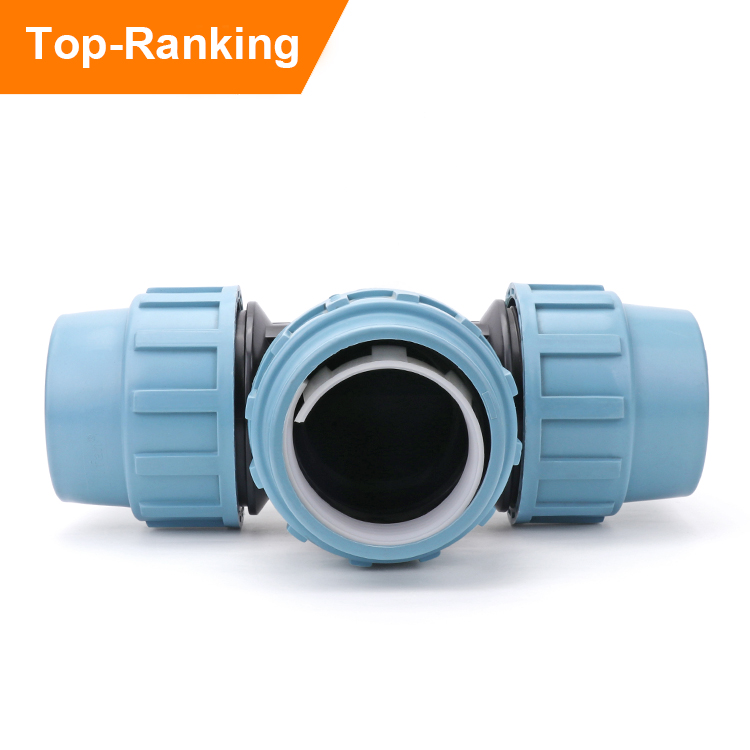
Electrofusion Method
The electrofusion method is another excellent technique for joining HDPE pipes. It allows for quick and efficient connections, making it suitable for various applications. Here is an outline of the steps involved in the electrofusion method:
- Pipe Preparation: Cut the HDPE pipes to the desired length and ensure the ends are clean, smooth, and square. Use a deburring tool or a chamfering tool to remove any burrs or sharp edges.
- Electrofusion Fitting: Install the appropriate electrofusion fitting onto the pipe by inserting it into the fitting cavity until it reaches the marked insertion depth. Ensure that the fusion surface of the fitting aligns with the fusion zone of the pipe.
- Welding Process: Connect the electrofusion fitting leads to the electrofusion welding unit according to the manufacturer’s instructions. Set the correct welding parameters, such as time and voltage, based on the pipe and fitting specifications.
- Welding: Start the electrofusion welding process by activating the welding unit. The unit will apply an electric current through the fitting leads, heating the fusion surface of the fitting and pipe. Allow the welding process to complete as per the specified time.
- Cooling and Solidification: After the welding process is complete, allow the joint to cool down and solidify. Avoid any movement or disturbance of the joint during the cooling process to maintain proper fusion and alignment.
- Inspection and Testing: Once the joint has cooled, visually inspect it to ensure proper fusion and alignment. Conduct a pressure test if required to verify the integrity and leak resistance of the joint.
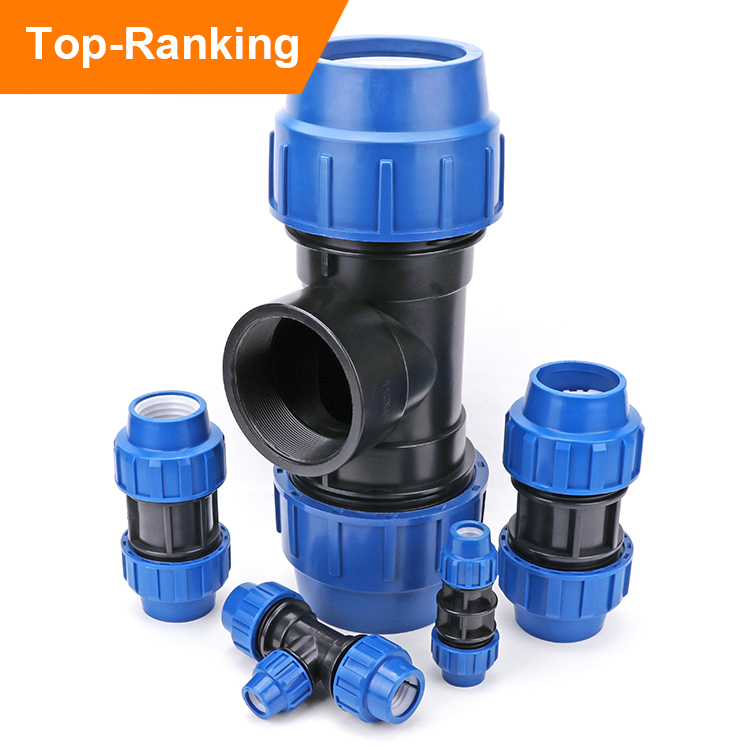
Mechanical Connections
In certain situations, mechanical connections can be a suitable option for joining HDPE pipes. Mechanical connections offer ease of installation and disassembly. Common types of mechanical connections for HDPE pipes include compression fittings, flanges, and threaded connections. However, it’s important to consult with the manufacturer to ensure compatibility and proper installation of these connections.
Conclusion
Choosing the best way to connect HDPE pipes depends on various factors such as application, pipe diameter, and project requirements. Butt fusion and electrofusion methods are widely considered the most reliable options, providing strong and leak-free joints. Mechanical connections can be a viable alternative for specific scenarios. By following the recommended procedures and guidelines, you can achieve secure and efficient connections for your HDPE plumbing system.

